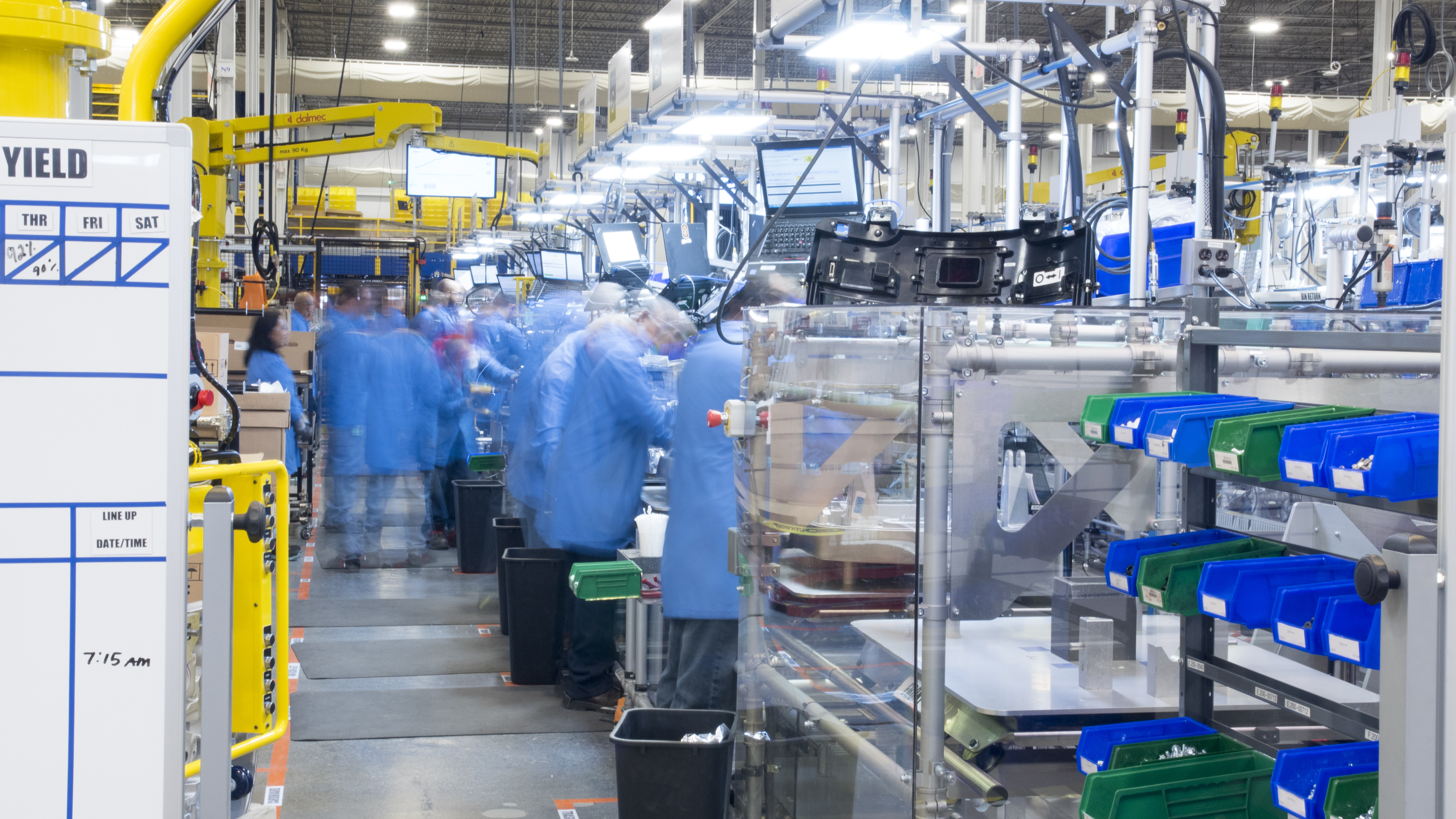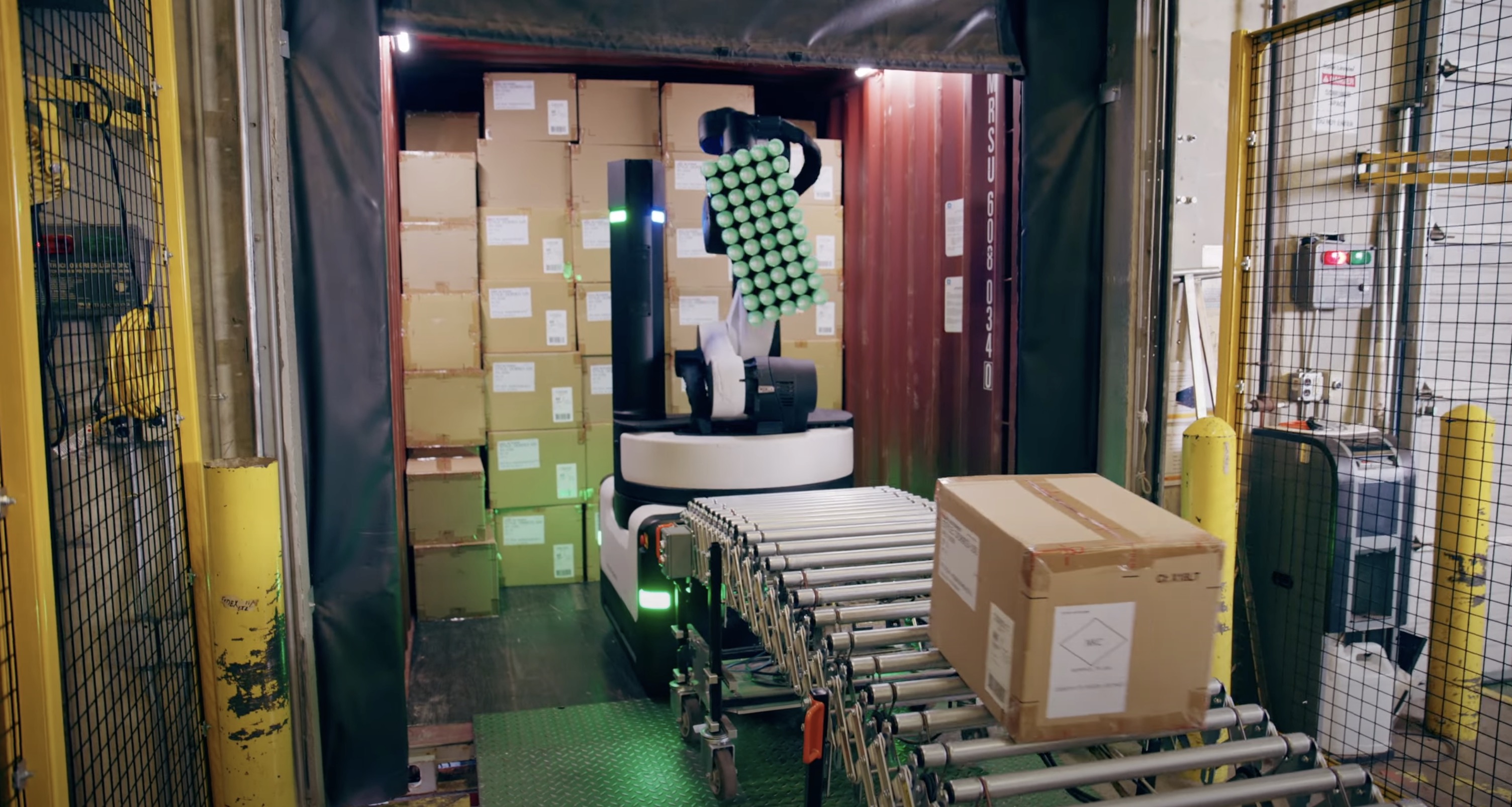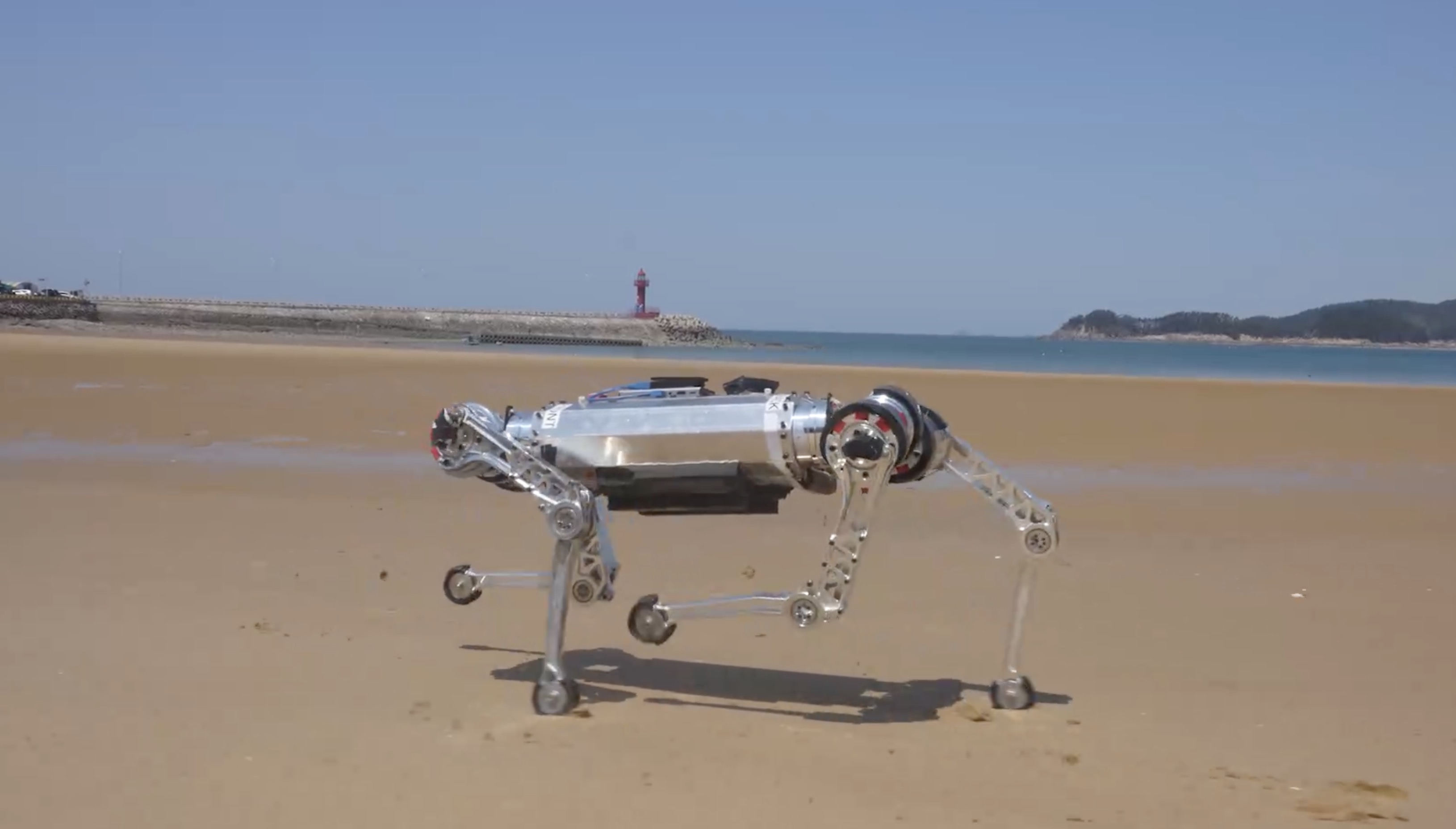There are still robotics jobs to be found (if you know where to look)
A lot has happened in the half-year since we caught up with Ayanna Howard, dean of the Ohio State University’s College of Engineering — not all of it good. The broader economic slowdown has been deeply felt by the robotics industry, across the board, from the smallest startups to the biggest tech giants like Alphabet and Amazon.
Understandably, a lot of the coverage has centered around the impact and companies and those who’ve lost jobs in the process. One key thing we don’t discuss as often are the people currently hunting for jobs — both those who are recently out of one and people who are brand-new to the market.
Catching up with Dean Howard is a perfect opportunity to discuss the latter, both in terms of what the market looks like for recent and soon-to-be grads and what companies can do to recruit and engage folks who are brand-new to the job market. This week, we’re kicking things off with that Q&A, then diving into the first batch of job listings we promised last week and moving on to your regularly scheduled robotics roundup.
Actuator, activate!
Q&A with Dean Ayanna Howard

Ayanna Howard, dean of the Ohio State University’s College of Engineering Image Credits: Logan Wallace / Ohio State University
TC: How are your students feeling about the job market — robotics in particular?
AH: I think there’s a little bit of apprehension, but the fact is there’s still jobs that are open, especially for new hires. When you’re new talent, you’re at a lower rate, obviously. Sometimes you’re more creative and willing to do a little more than what the job is, because you don’t know what the job is.
Prior to the downturn, were students more excited to go into the world of Big Tech or startups?
It was mixed. I really depended on whether they [had a] bachelor’s or a master’s. I found that a lot of students, if they were going to go into the startup world, it would be with a mature startup. It wasn’t one that was just a year or two out. It was one that had at least a Series A. […] Now I think there’s more of a focus on, ‘Let’s go with a large, more established company, just because they’ll last.
Now robotics is something that touches every other category, so there are a lot of robotics jobs to be had outside of strictly robotics companies.
Correct. I consider self-driving cars to be robotics. It’s everything. You have control systems, you have autonomy, you have interaction with people. It’s a classic robotics system that just happens to have a car form factor. Even in that domain, you saw a lot of startups close down, but the large companies have invested a lot more into that and EVs.
What can schools do to train students for the job market?
At Ohio State, we have instituted some programs within the last year around entrepreneurism in startups, around very specific areas. For example, manufacturing, healthcare. Things that we know we’ll always need innovation in. Large companies need that entrepreneurial thinking and mindset, because it allows them to innovate within the company structure. When companies don’t innovate, they tend to be archaic, and when the startup culture comes back up, they’re gonna eat their corn.
As far as your own experience running a startup, how did you determine when to hire a student versus someone more senior?
For the technical talent, it was really new hires. It was because I needed fresh ideas. We needed to know the latest and the greatest, and they would have the education. For marketing and sales, that was much more established. We hired much more seasoned individuals.
What tips would you give for startups hiring recent grads?
Don’t put them on a critical path, starting off, because you might be disappointed if they don’t rise to the challenge. But do give them things that require them to push the boundary conditions. If you hire them for front-end development or graphics, think about things that are tangential that I can push them in so that they can learn. […] You, as a manager, have to be much more strategic, and you have to lay it out.
You do still have to do a little hand-holding. I don’t want to call it “micromanagement,” but you do have to set deliverables, set milestones, and if they don’t meet it, go back and ask them why they didn’t meet it. Not reprimanding, but asking why. Sometimes what you’ll find is they’ll get stuck in certain areas you didn’t anticipate, and then you can push them.
I tend to think generational warfare is silly, but what would you say to those people who suggest that younger millennials and Gen Z are too sensitive or don’t have a work ethic?
I think their motivation is different. The work ethic versus the too sensitive — this generation is passionate about certain things. They are impassionate about others. When you find what they’re passionate about, whatever it is — social impact or design software for underserved communities — you get them there and they will work throughout the night. When we think about work ethic, it’s “You’ve got to show up to work every day.” But if they’re not interested, they can be a little slower or not responsive. It’s a different type of work ethic.
Job Openings

Image Credits: Getty Images / Olga Strelnikova
There’s a sense of helplessness associated with economic downturns. It’s the knowledge that — in the long run — no one’s job is truly safe. The way we’ve structured society means the farther down the ladder you are in regards to money and seniority, the more you’re regarded as being expendable.
For those who’ve been spared, there’s little consolation in a corporation’s pledge to be more scrappy and return to its long-dormant startup roots when you’ve seen so many colleagues suddenly out of work. For those of us who’ve been through that experience, it’s clear that corporate layoffs are indiscriminate when it comes to the individual. When push comes to shove, we all become rounding errors.
I’ve seen a lot of positive feedback on social media reiterating the fact that layoffs aren’t personal. Certainly that’s true for the company doing the laying off, but it’s quite the opposite for the people on the receiving end. Layoffs are deeply personal. They disrupt our lives, our livelihoods, our motivations, our relationships. They contribute to depression and a laundry list of different conditions.
As someone who’s been working in the world of publishing for a long time now, I’ve been on the receiving end a few times. I understand that you can tell someone that something isn’t their fault a million times over, but it can feel like a platitude. Moral support is extremely important during the process — but so are actionable items. Help good people find good jobs. We talk a lot about how work shouldn’t define you, but it takes up more waking hours than anything else. People should be able to find work that is fulfilling and makes them feel valued.
If there’s one thing I’d like you to take away from this, it’s the fact that people are hurting. If you can help, help. Simple, I know, but if you need a less altruistic motivator, understand that the people you help now may well be in a position to help you later.
I’m hoping we can use Actuator as a platform to do just that. As I mentioned previously, each week I’m going to feature a handful of companies in the robotics space that are hiring. I don’t have a timeline for how long we’ll be running this — a lot of that depends on the level of interest among job seekers. The plan for the moment, however, is to keep this going during the current downturn.
I learned a long time ago that hiring is a key reason companies seek out coverage at a place like TechCrunch, and I understand that Actuator’s readers are precisely the sort of people these organizations are looking for. We’re not becoming a job board and won’t post individual positions, but hopefully curating a list will prove useful for job seekers.
If you’d like to be included, shoot me a line with your company’s name and how many positions you’re hiring for (if you don’t include the number, I will attempt to count). And, hey, if you end up landing a new gig based on something you found here, let me know on Twitter. Everyone loves a happy ending.
Robotics Companies That Are Hiring
GrayMatter Robotics (11 openings)
Scythe Robotics (6 openings)
Viam Robotics (10 openings)
Roundup

Image Credits: Amazon
Andy Jassy and a few other C-level folks aside, it seems no one was entirely safe from Amazon’s sweeping job cuts. While it’s been one of the retail behemoth’s main future-proofing focuses of the last decade, Amazon Robotics is reportedly among the divisions impacted by this latest round. CNBC notes that a broad range of roles were targeted in the division, including engineers and product managers. Drone delivery service Prime Air was also disproportionately impacted here.

Image Credits: Boston Dynamics
This week, Boston Dynamics offered some of the first footage of its Stretch robot being put to work at DHL. Stretch, as you’ll recall, is the Hyundai-owned firm’s second commercial robot, following Spot. It’s based on the earlier Handle robot and is designed for exclusively unloading trucks/trailers, conveyor belts and pallets. Companies like DHL are the seemingly perfect target for the product, and fittingly, the logistics giant became one of Boston Dynamics’ first customers, with a $15 million product purchase a year ago last week.

Image Credits: Korea Advanced Institute of Science & Technology (KAIST)
Taking us out this week is Raibo, a robot dog recently highlighted in the pages of Science Robotics that’s capable of running on sand at high speeds. Per the paper:
Our model can be parameterized to represent diverse types of terrain from very soft beach sand to hard asphalt. In addition, we introduce an adaptive control architecture that can implicitly identify the terrain properties as the robot feels the terrain. The identified parameters are then used to boost the locomotion performance of the legged robot.

Image Credits: Bryce Durbin/TechCrunch
And that’s a wrap for this week. To get Actuator in your inbox, sign up here.

